From animals raised only for entertainment purposes, realizing the high demand for ornamental birds, including peacocks in the market, Mr. Ma Duc Tin in Truong Tho A hamlet, Truong Khanh commune, Long Phu district ( Soc Trang province) invested over 500 million VND to implement a model of raising Indian green peacocks.
After many years of approaching, the model of raising peacocks - one of the wild animals originating from India - "playing for real" has been affirming its high economic value when bringing Mr. Ma Duc Tin's family an annual income of about 300 million VND.
The model of raising green peacocks - a rare bird - was implemented by Mr. Ma Duc Tin since 2019. From a few initial pairs of parent peacocks, Mr. Tin's farm has now grown to 50 birds, including 20 female peacocks.
Because they are wild animals, peacocks have high resistance and can take advantage of many different food sources available in nature, helping farmers to both reduce costs and reduce care.
Mr. Tin said that on average, each female peacock lays about 20 eggs per year with a hatching rate of 80 - 90%.
When the peacocks reach 45 days of age, they are sold for 1.2 million VND/bird. The price of peacocks will increase depending on their weight.
Mr. Tin shared: “At first, when I went sightseeing, I saw people raising beautiful peacocks, so I bought a pair to raise as pets. Then the birds laid eggs and hatched chicks. When I posted it online, many people asked to buy it, so I gradually expanded and developed it into the peacock farm as it is today.
This bird is naturally wild so it is not difficult to take care of it. Peacocks can be fed with rice, green vegetables, water hyacinth, fruits such as mango, guava, plum or other by-products...
In general, the locality should use whatever can be used to feed the peacocks. The peacock cage only needs to be cleaned once a week, mainly to sweep away feathers and remove droppings.
As livestock have high economic value, the initial investment cost is not small, especially for breeding birds. Therefore, in the process of raising rare birds, Mr. Tin pays great attention to the design of the barn to ensure that the livestock have a good growth and reproduction environment, minimizing the risk of disease.
Accordingly, he distributed 50 peacocks evenly in 9 cages, each cage had 1 male bird. For more convenience in care and management, he also installed a camera system in each cage to monitor and handle promptly when the animals showed abnormal signs.
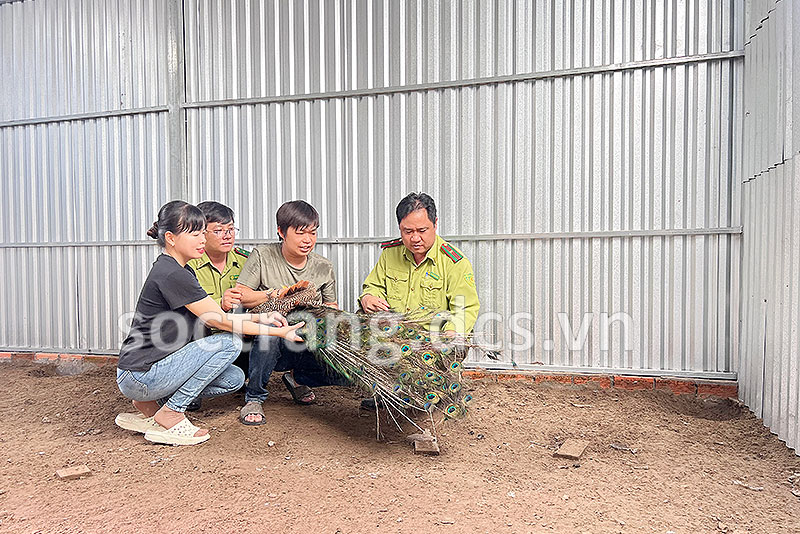
Soc Trang Provincial Forest Protection Department visited the model of raising peacocks - a rare wild animal of Mr. Tin's family in Truong Tho A hamlet, Truong Khanh commune, Long Phu district (Soc Trang province). Peacocks are wild animals listed in the Vietnam Red Book.
Mr. Tin added: “The peacock cage is designed in a 3 x 5m size, each cage can raise 1 male peacock and 3 female peacocks. That is a breeding cage, and for the cage to raise baby peacocks, the larger the area, the better.
Because we raise a large number of peacocks, it is difficult to manage them all, so each cage has a camera installed to observe which peacocks eat less, which eat more, and whether there are any signs of illness so that we can handle them.
Currently, Mr. Tin mainly distributes peacock breeds in other provinces through promotion from his personal channel on social networks.
In addition to raising and selling directly, he also supports parent peacocks for people to raise when needed and guarantees output for them when the parent peacocks produce chicks.
Because peacocks are a special species listed in the Vietnam Red Book, when there is a need to access the model, the industry recommends that breeders must strictly comply with State regulations related to the breeding of wild animals and wild animals.
Comrade Nguyen Thanh Quang - Deputy Head of the Mobile Forest Ranger Team, Soc Trang Provincial Forest Ranger Department, noted: "According to regulations, before raising peacocks, the facility must make a request for a code number and develop a breeding plan.
When the conditions for the barn are met, it is necessary to ensure that documents proving the origin are available when importing animals for raising according to Decree 84/ND-CP, dated April 22, 2021, amending and supplementing a number of articles of Decree 06/ND-CP, dated January 22, 2019 of the Government on the management of endangered and rare forest plants and animals and the implementation of the Convention on International Trade in Endangered Species of Wild Fauna and Flora.
Regarding origin, it is necessary to ensure that animals are purchased from legal breeding facilities. Once a breeding code has been issued, the facilities must also open a monitoring book. Every month and every quarter, the situation of the livestock must be recorded in the monitoring book.
In modern life, the need to raise ornamental birds has become an elegant hobby of many households, especially in urban areas, and models of raising ornamental birds and peacocks have also developed quite strongly.
In addition to the proven economic efficiency, if we combine commercial wildlife farming with conservation models of wild animal farming, including peacocks, it will also create conditions for livestock to develop and reproduce to restore the number of species in the wild.
Source: https://danviet.vn/chim-cong-xanh-an-do-la-dong-vat-hoang-da-nuoi-thanh-cong-o-soc-trang-ban-12-trieu-con-giong-20250116155327239.htm



![[Photo] Prime Minister Pham Minh Chinh attends the groundbreaking ceremony of Trump International Hung Yen Project](https://vphoto.vietnam.vn/thumb/1200x675/vietnam/resource/IMAGE/2025/5/21/ca84b87a74da4cddb2992a86966284cf)
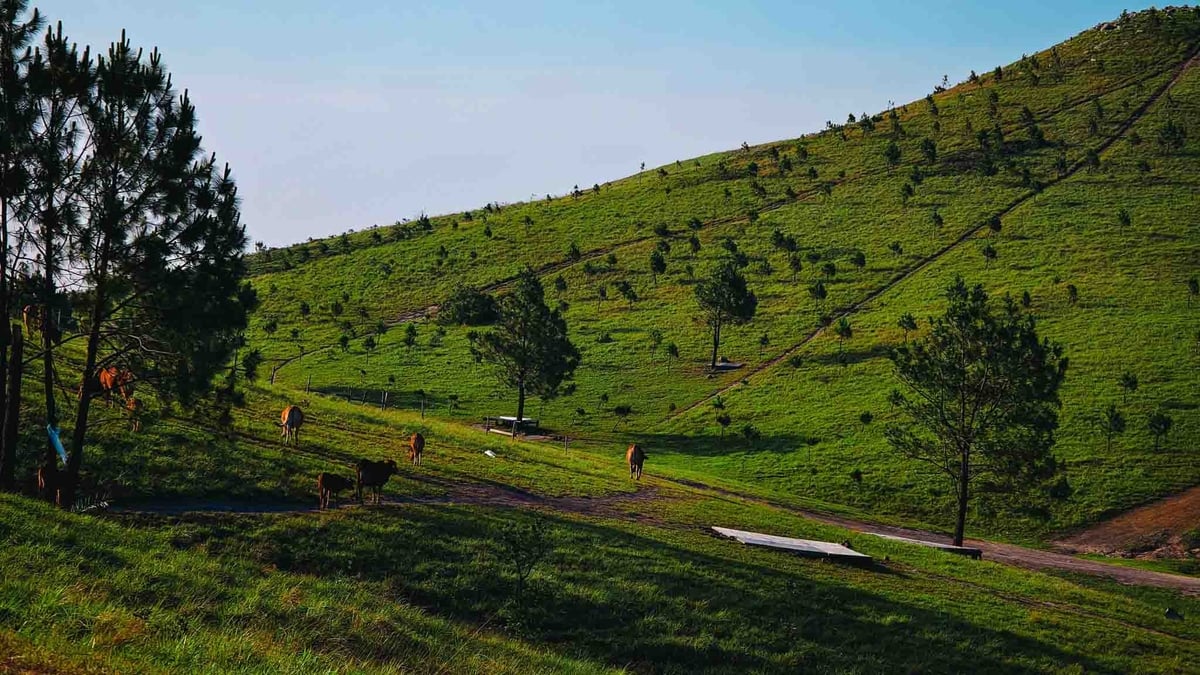


![[Photo] Determining the pairs in the team semi-finals of the National Table Tennis Championship of Nhan Dan Newspaper](https://vphoto.vietnam.vn/thumb/1200x675/vietnam/resource/IMAGE/2025/5/21/eacbf7ae6a59497e9ae5da8e63d227bf)
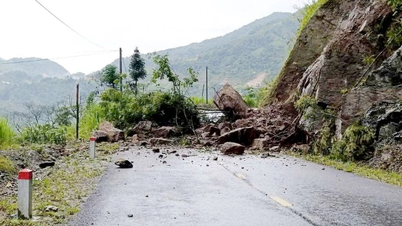

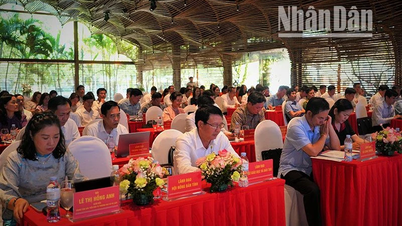


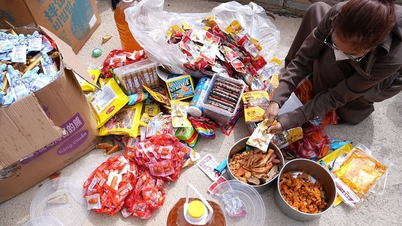










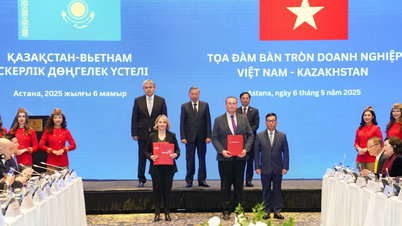









































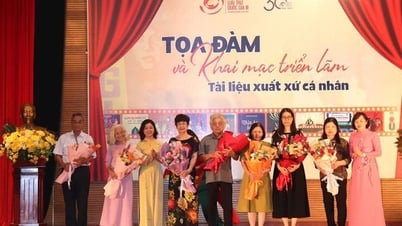






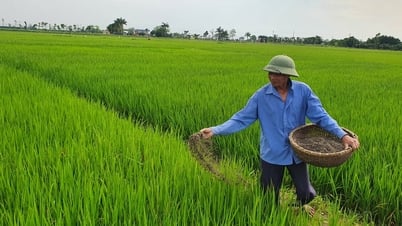




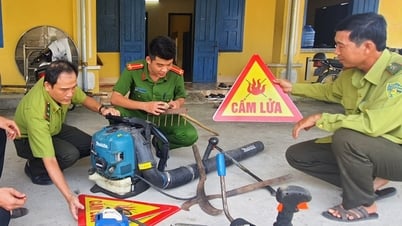

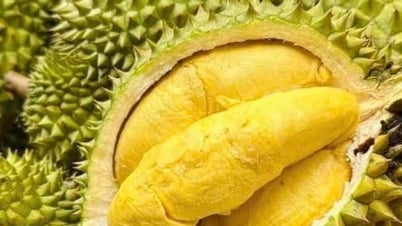



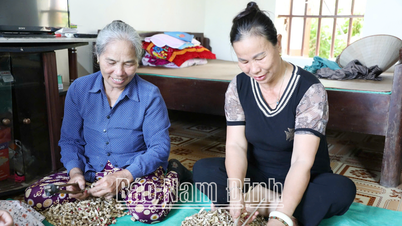









Comment (0)